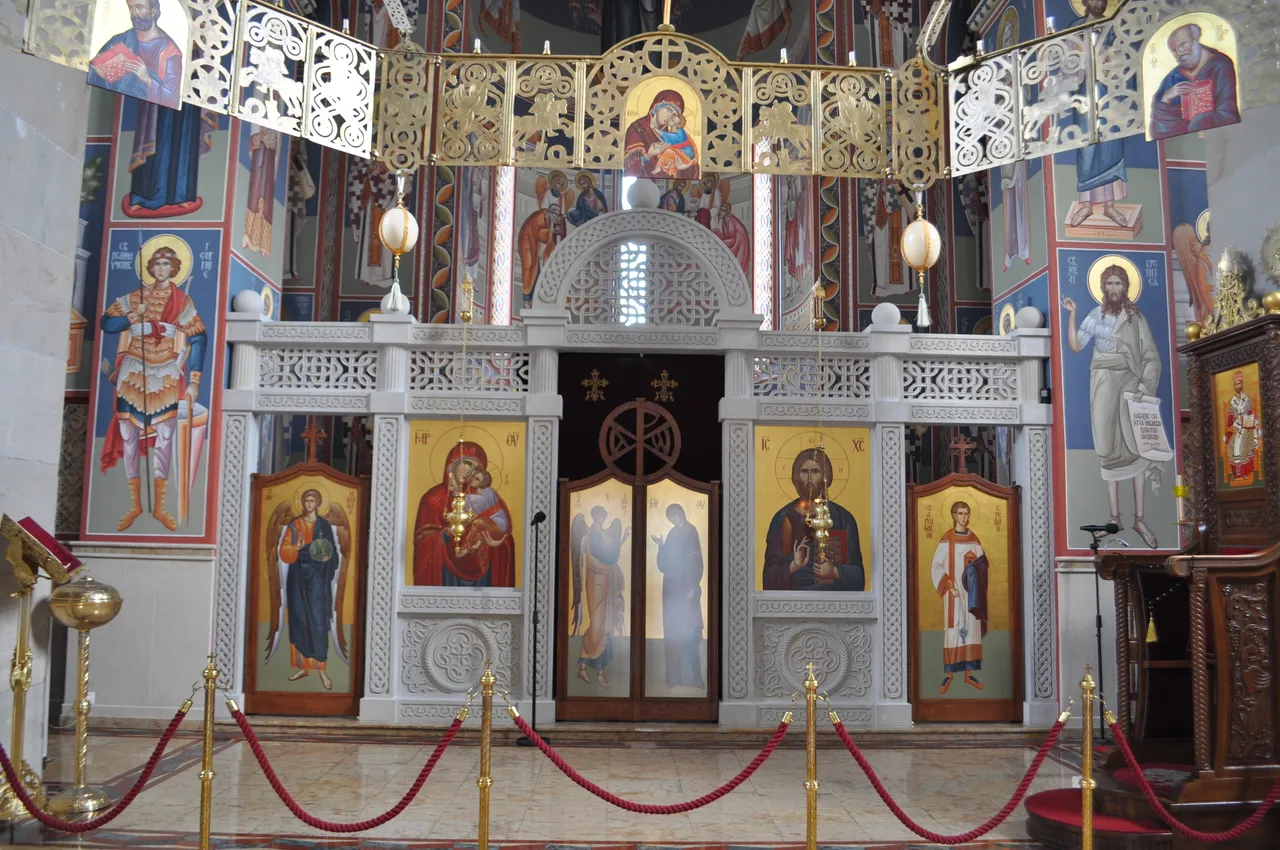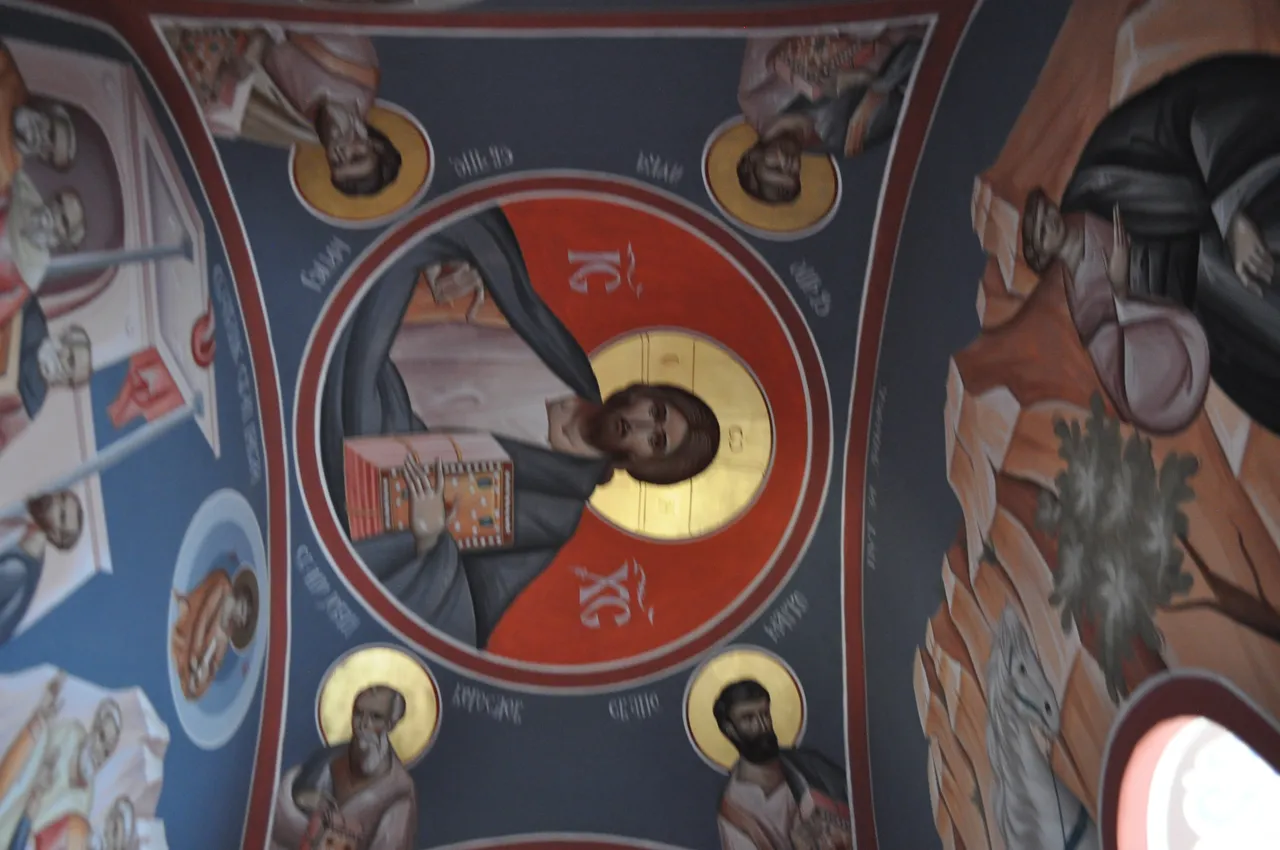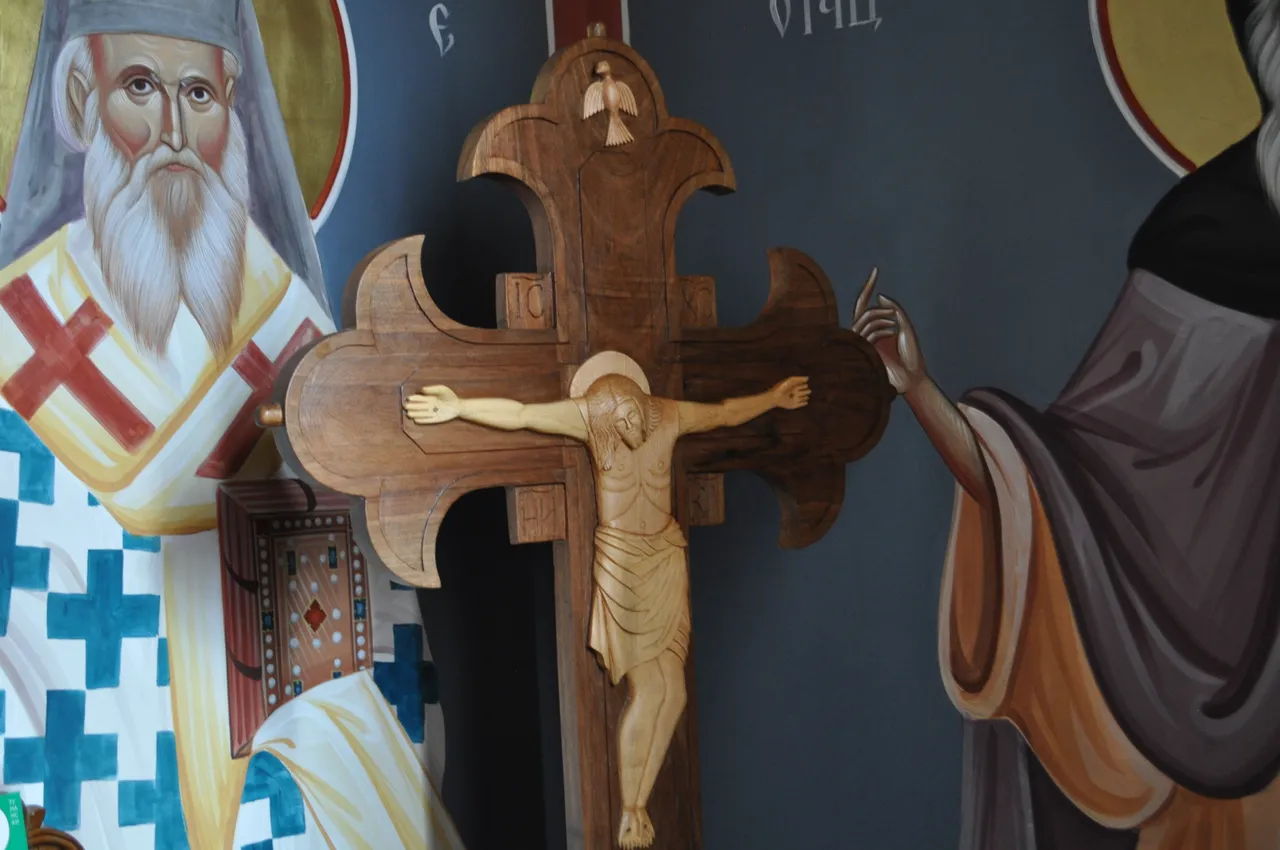Krusevac is a beautiful city with beautiful buildings. I had to visit this church, whose appearance has almost changed. In 2019, the church was painted in a beautiful bright red color. It gives a beautiful impression and beautifully decorates the town of Krusevac. During these gloomy days, it gives some contrast, makes the gray streets less boring. Everything seems more interesting and cheerful when the church is in this color. I like it.
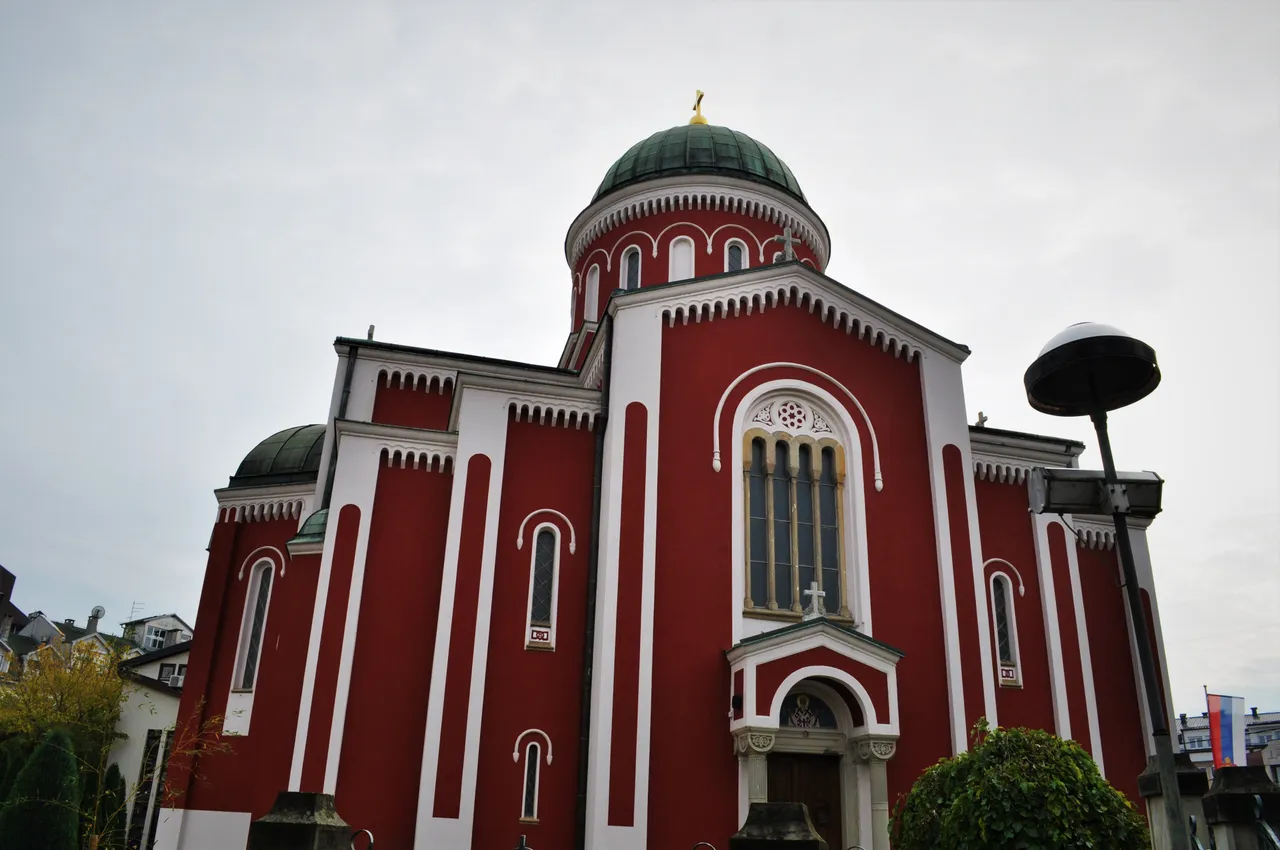
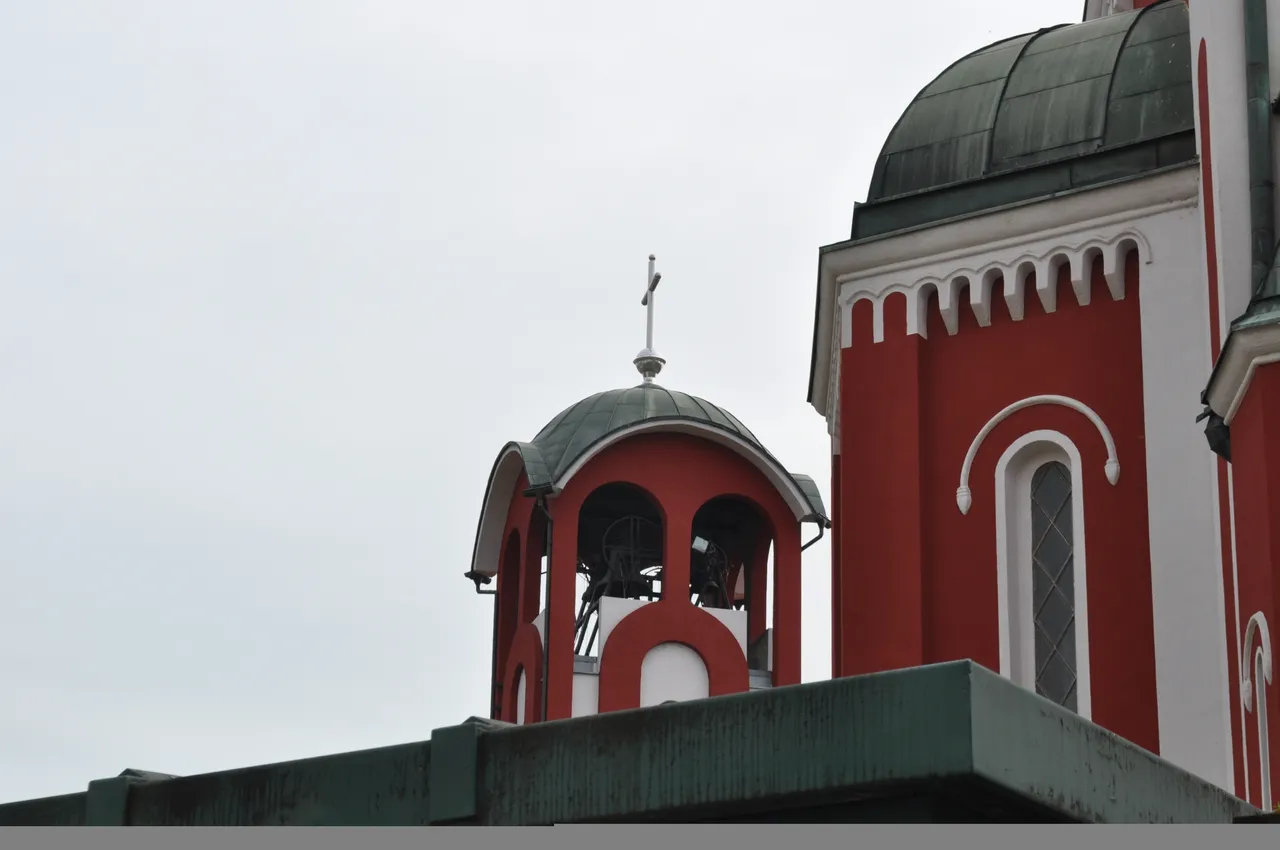
The history
The earliest data on the new Church of St. George are from 1865. That year, for 362 imperial ducats, house plots were bought from Stojan Petrović, Aleksa Marić and Živko Ilić for the construction of a new church. However, due to difficulties in paying compensation for salaries, construction has been delayed for two decades.
From 1873 until the next 12 years, there is no information in the available documents about the construction of the church of St. George in Kruševac. From the list of plans for churches built in the Kingdom of Serbia, which is kept in the SANU archives, we learn that the construction of the new church began only in 1885. The Church of St. George was built in 1898 and placed under a roof.

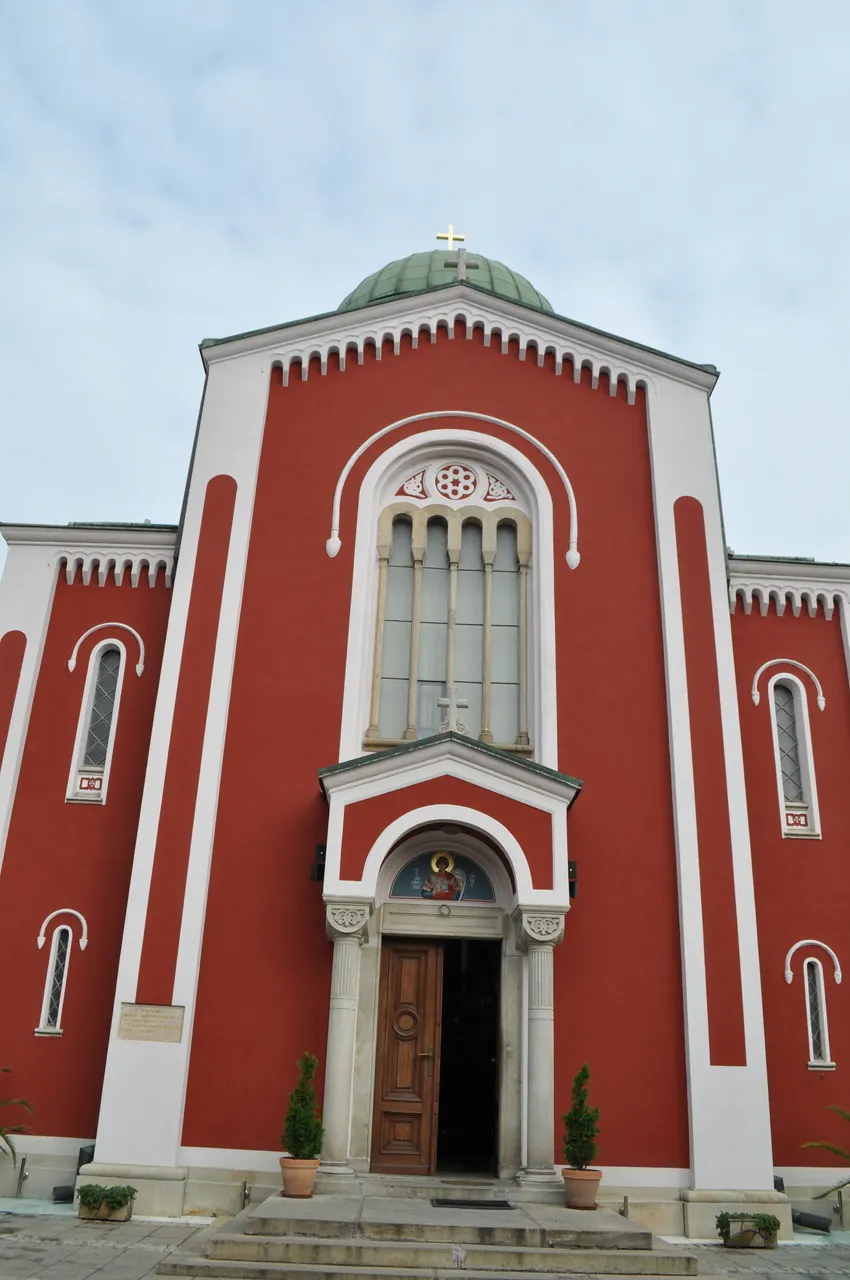
Three bells for the new church were paid for at the end of 1902. On November 9, 1902, the Minister of Education and Church Affairs approved this expenditure.
After many problems, the contract for the construction of the iconostasis was concluded on February 5, 1903. On the wooden partitions of the iconostasis, a plant ornament was carved, especially rich around the throne icons. The original icons have been preserved on the iconostasis to this day. Although the contract for the production of the iconostasis hired one painter, Živko Jugović, in the painting of the iconostasis, the two units are clearly different in style. There is a big difference in style between the above and the throne icons. This led some scientists, including Pavle Vasić, to conclude that these were the works of two painters. Everything points, says P. Vasić "that the above icons are the work of Živko Jugović, and the throne icons are probably the work of Milan Milovanović". Milovanović probably made icons for the Church of St. George after graduating from the Academy in Munich, presumably in the summer of 1903.
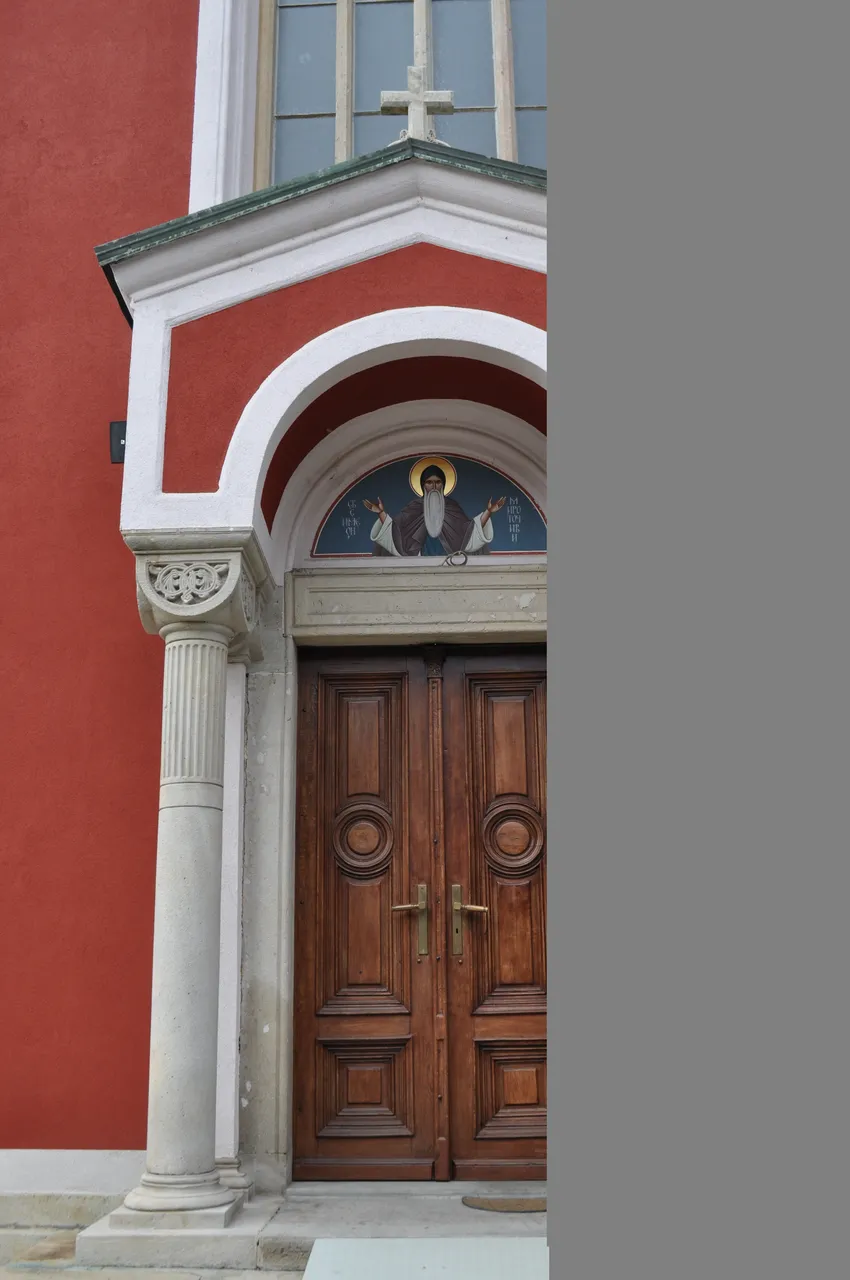
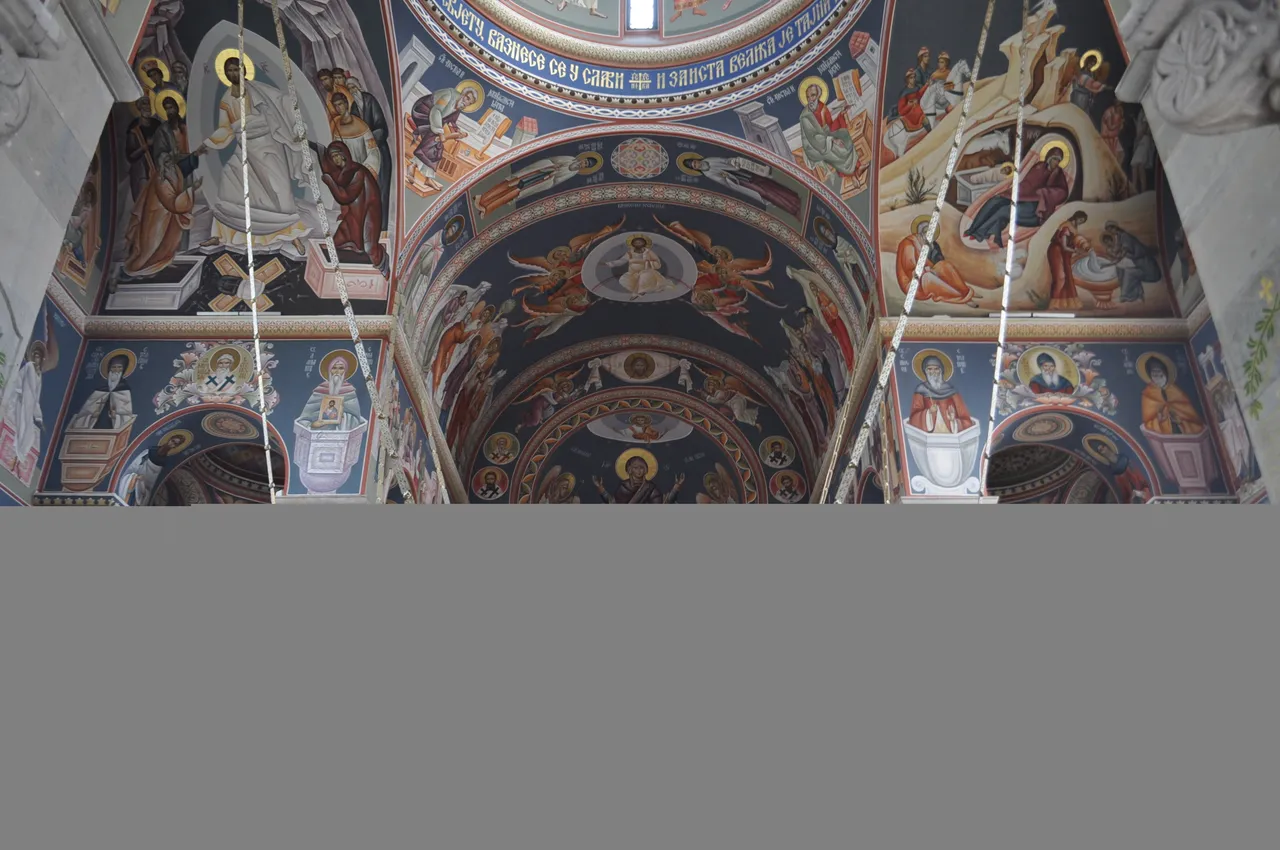
12 frescoes were made on the walls of the temple. For now, it is not known who made these frescoes. The Chronicle presents the assumption of Branko Milenković from Kruševac, born in 1897, that these frescoes were made by the Italian artist Arminia, who gave Milenković a beautiful icon of St. Spiridon on canvas.
The church was completed in 1904
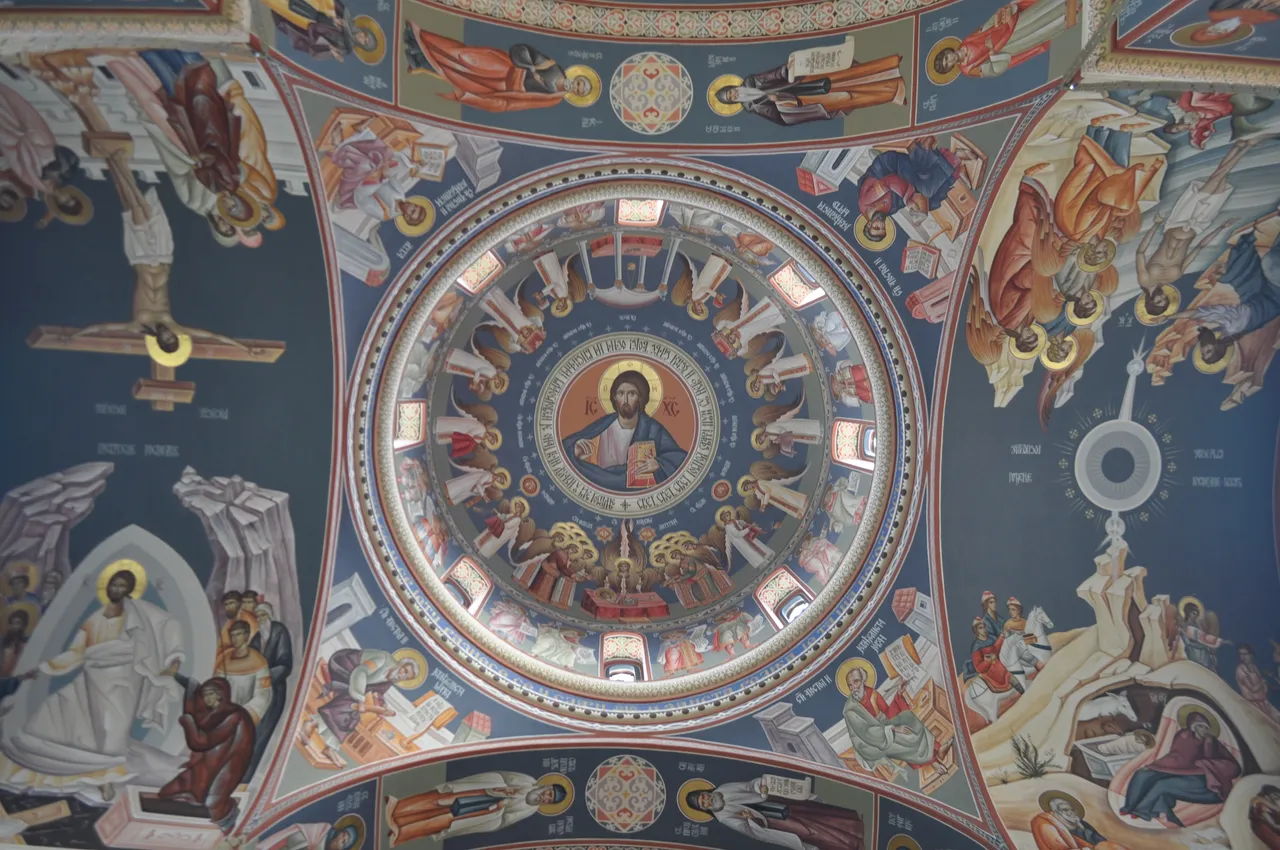
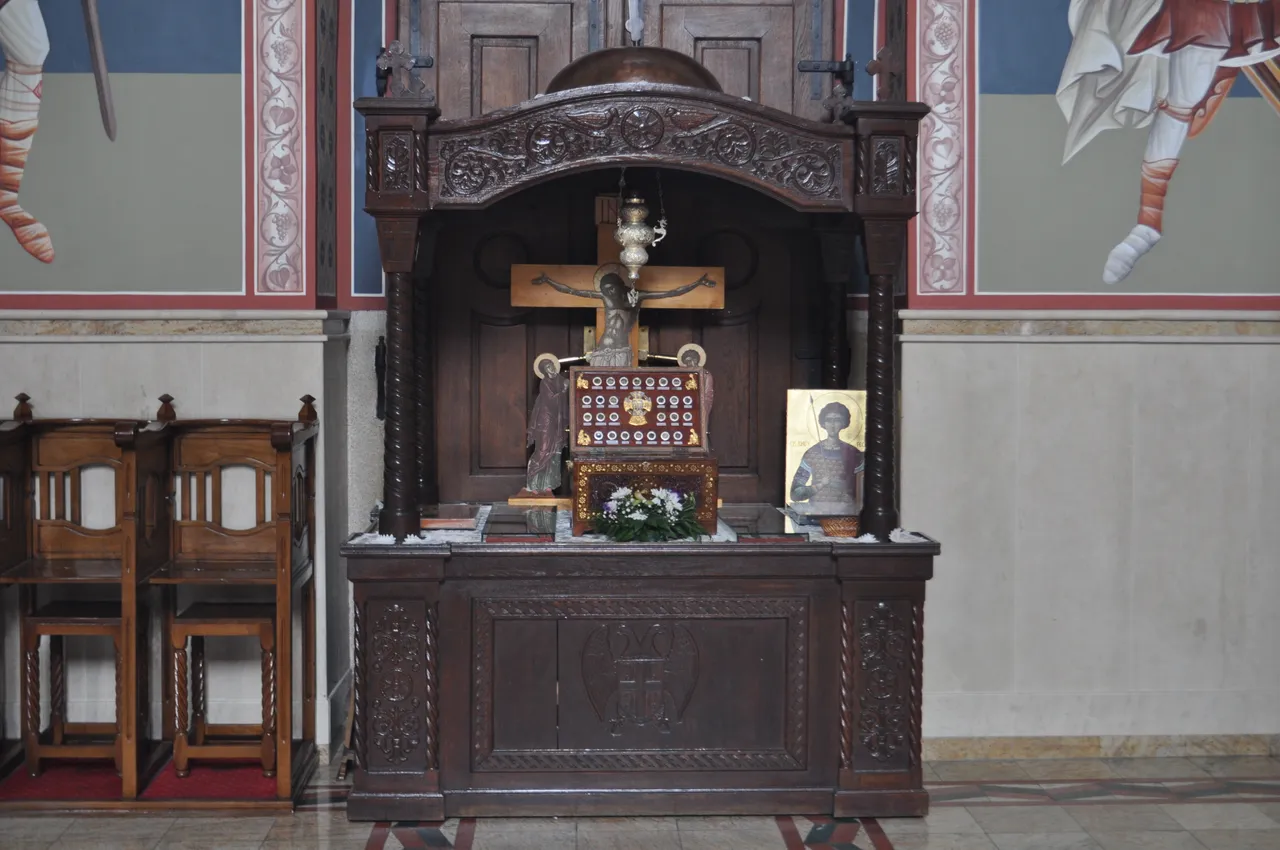
Unfortunately, there is not much history. I found only this from the data and in the least interesting place :(
